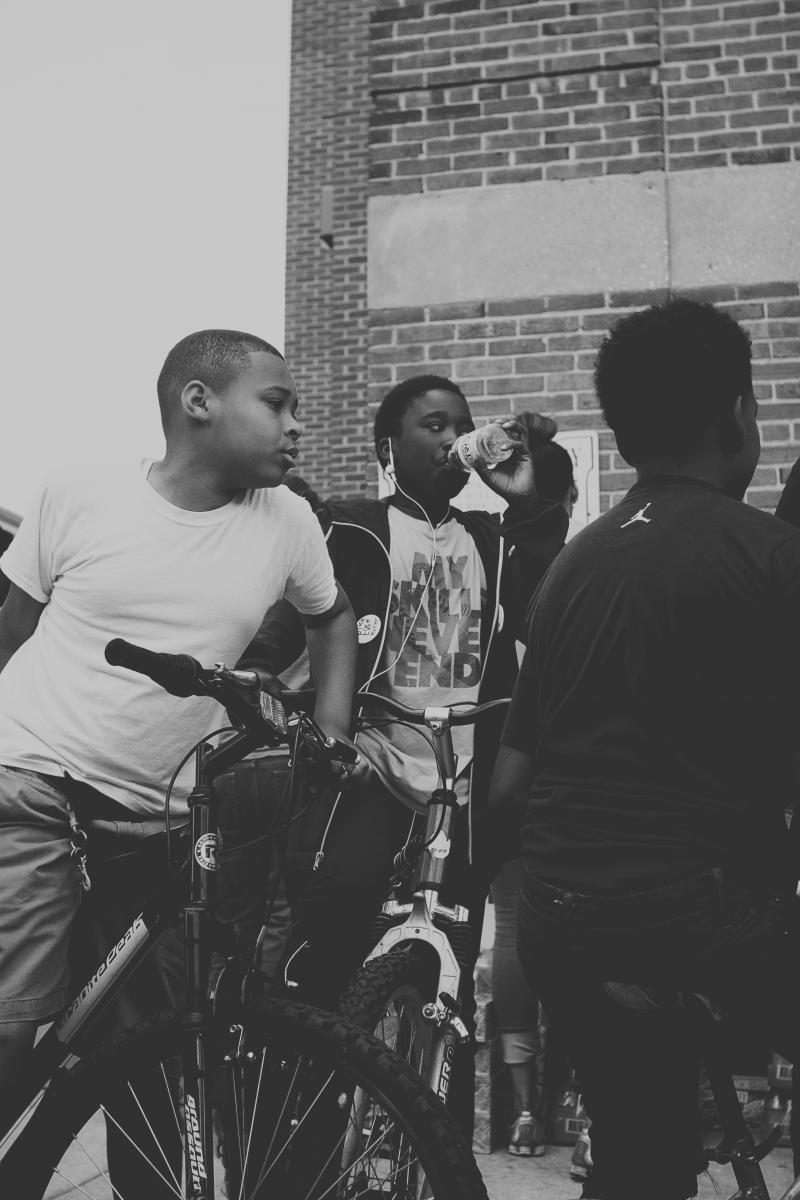
Did you know that about 45 percent of Americans make New Year’s resolutions each year? As you can guess, favorite resolutions include losing weight, exercising more, and saving more money. Do you also know that ultimately only about 8 percent of resolutions are sustained?


 When I see children walking to or from school, I notice their interactions. They talk, laugh, and maybe drop their bags to engage in a spontaneous race. They move in pairs or small pods. There’s a special kind of connection as they transition to school or home. It’s an image which brings me hope.
When I see children walking to or from school, I notice their interactions. They talk, laugh, and maybe drop their bags to engage in a spontaneous race. They move in pairs or small pods. There’s a special kind of connection as they transition to school or home. It’s an image which brings me hope. All of us are working hard to make our neighborhoods safer for kids and families to walk to and from school. But now, we need your help to ensure that the health and safety of our loved ones does not take a back seat to automobile passengers, simply because they chose active transportation over driving.
All of us are working hard to make our neighborhoods safer for kids and families to walk to and from school. But now, we need your help to ensure that the health and safety of our loved ones does not take a back seat to automobile passengers, simply because they chose active transportation over driving. Southern cities and states are among our nation’s most dangerous places for walking. According to
Southern cities and states are among our nation’s most dangerous places for walking. According to  As many Americans are enjoying their summer vacations, it’s a good time to look at studies on the tourism and economic benefits that bicycle- and pedestrian-friendly infrastructure can generate. While this may not seem immediately relevant to our day-to-day work of making schools and neighborhoods safer for walking and bicycling, policymakers can be strongly influenced by economic arguments.
As many Americans are enjoying their summer vacations, it’s a good time to look at studies on the tourism and economic benefits that bicycle- and pedestrian-friendly infrastructure can generate. While this may not seem immediately relevant to our day-to-day work of making schools and neighborhoods safer for walking and bicycling, policymakers can be strongly influenced by economic arguments.  The largest jurisdiction in the Greater Washington, DC region has just completed its first
The largest jurisdiction in the Greater Washington, DC region has just completed its first  If you travel up North Mount Street between Laurens Street and Presbury Street you find the Gilmore Homes, now most infamously known as the place where Freddie Gray’s life began to slip away. I walked up North Mount, not shocked by what I saw, but filled with dismay. You could not go one street without a burned out home, abandoned property, or empty lot. Three corner stores represe
If you travel up North Mount Street between Laurens Street and Presbury Street you find the Gilmore Homes, now most infamously known as the place where Freddie Gray’s life began to slip away. I walked up North Mount, not shocked by what I saw, but filled with dismay. You could not go one street without a burned out home, abandoned property, or empty lot. Three corner stores represe